Dr K approaches medicine with a firm belief in collaboration and patient agency, “I’ve always believed that the relationship between doctor and patient is collaborative. I’m not here to tell you what to do with your body – I’m here to guide you so that together we can make the best decisions for your health,” and that reproductive rights are central to this ethos, “the most unfortunate thing is that we’ve just been reduced to child bearers. When we make choices that empower us in different ways – choices that don’t include children – our rights are infringed upon. If I want the agency to prevent something that could possibly destroy my life, why is that taken away from me? I had support when I had my child, and still I struggled with my mental health, with anxiety, with juggling everything. How do we expect a girl of 17, 18, or even 21 to handle such an enormous task?”
As Dr K points out, the rise of conservative attitudes around the world is felt and known here, despite the progressivism of our Constitution. Her words underline the obscuring reality, at odds with the very values that upon which our nation is envisioned; access to safe abortion care should be the bare minimum afforded to girls and women in South Africa, yet systemic and societal barriers too often prevent them from exercising this fundamental right.
Dr K describes how she has witnessed these barriers firsthand, reflecting that “Yes, termination of pregnancy is legal in our country, it’s enshrined in our Constitution – but in practice there are so many limitations. If there aren’t laws restricting us, then strategic barriers are created to take away our voice and our agency. I call it biological warfare against women. When you tell me I cannot do what I need to do medically for myself, that’s war on my body and my choices,” and recalls a particularly distressing case from her advocacy work; “We tried to help a 17-year-old girl in the Western Cape. She was well within the legal time frame, but we kept being sent from pillar to post: the nurse isn’t here, the ultra sound isn’t working, come back next week. Weeks kept passing until it was too late. She was forced to keep the pregnancy.” Cases like these illustrate how legal rights alone are insufficient without practical, accessible care – and how devastating for a young girl to be thrust into the role of motherhood due to systematic negligence.
“If we’re stigmatising sexual behavior, especially in women, if we’re pushing purity culture in women, how does a young girl tell you that, ‘Hey, listen, I got assaulted, I got abused?’” Dr K asks, and emphasises that even when young women responsibly seek care, fear and misinformation dominate their experience; “We had a young girl come in who’d had like three TOPs (termination of pregnancy) or two TOPs this year. She’s afraid that she’s pregnant again, but she’s not pregnant again — it’s just the hormones that still have to go down. But the fact that she had that fear was telling me that she’s still engaging in sexual practices that are unprotected.” Dr Katlego’s work highlights the urgent need for safe and stigma-free reproductive healthcare, and as we know, women’s autonomy over their bodies is a matter of dignity and survival.
Dr K is clear about the persistent barriers young women face in accessing reproductive healthcare in South Africa. “I know why that could be happening. Two things could be happening: it’s either that she doesn’t feel that she has the agency to ask for protection, or she’s also of that notion that, ‘Oh, sex is better without protection.’” She explains that even when girls are encouraged to take care of themselves, the clinic environment often discourages them. “When you ask them to start taking care of themselves and to go to the clinic, they always come back and say, ‘Yeah, but you know, the nurses are not nice.’”
For Dr K, women-centred healthcare must be reflected at all levels of our medical institutions: “We’re not creating conducive spaces. The spaces that do exist should allow a young woman to come in there and feel safe and feel empowered enough to make a decision that can really help them out in their lives.”
“When we look at South Africa, we’re looking at a lot of things. We’re looking at access. We still see women crossing the river to go to an antenatal clinic – that happened in 2024, if not 2023. I’m not talking about 1990-something. That happened now.” Even when women do have access, the quality of care is often poor, and beyond clinical care, cultural barriers remain; “We also have poor accessibility to information and education. And we have this whole purity culture that does sit in South Africa. We do have it. We really, really do.”
Dr K’s passion is transforming healthcare into a tool for self-determination; that it is inseparable from agency and leadership: understanding your body, your options, and your rights is the first step toward empowerment. “My ultimate intention is to really help people — not just women, actually people — make informed decisions about their health,” Dr K shares, “Medicine sits at the heart of what I do. It gives me legitimacy so it gets me into rooms. But once I’m in those rooms, I don’t take it for granted that I’m there. Once I get into that room, the biggest thing I always want to share or to help people understand is that we’re in this world together for a reason — to build something, but to also connect with ourselves quite deeply and to become leaders.”
For us at CEC, our deep, unyielding commitment to South Africa is centred in reimagining and celebrating potential – this is how we see our collective responsibility, and as Dr K shares this sentiment from the perspective of medicine, “The problems of South Africa are not problems that are supposed to limit us. In actual fact, they are opportunities. We need to get to a point where we start to see the potential of South Africa instead of seeing its past anymore. I want young people to rise up and start to take a stand, but also to take responsibility, for them to understand that education and literacy sits at the heart of everything.”
For Dr K, advocacy and policy are practical tools to turn these principles into tangible change, and her work is already making strides in bringing these conversations to the cultural centre of South African media. When women are supported; society is stronger, more resilient, and more just. Their perspectives shape communities and their wellbeing anchors collective growth. At CEC, we hold this as central to our vision: a South Africa in which the role of women’s role is foundational to the future we all share.
Follow Dr Katlego’s work at Clueless Moms and Meet Me In The Corner With Dr K
Resources:
Embrace
Grow Great Campaign
KT Cares
Free Keready WhatsApp chat bot: 060 019 00
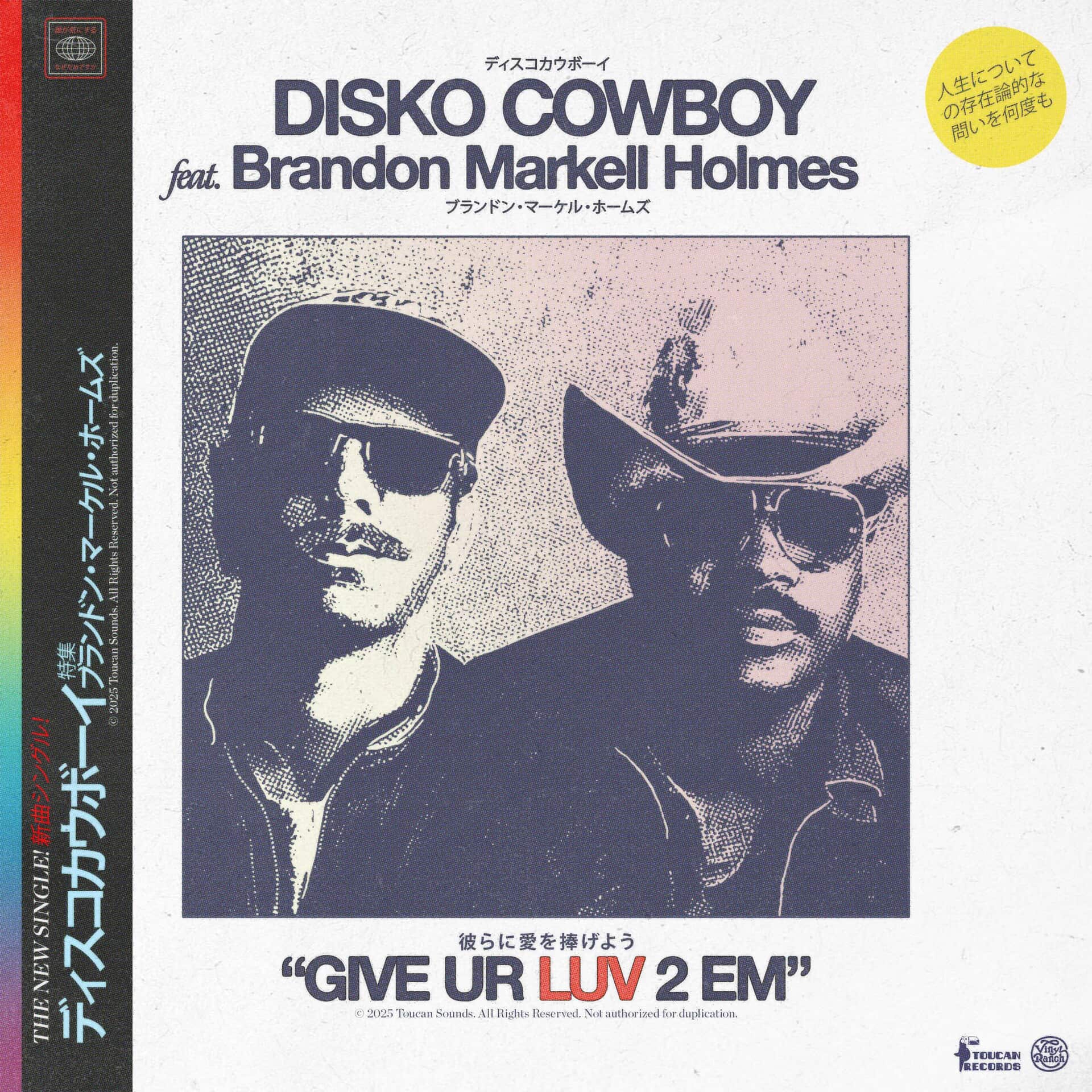

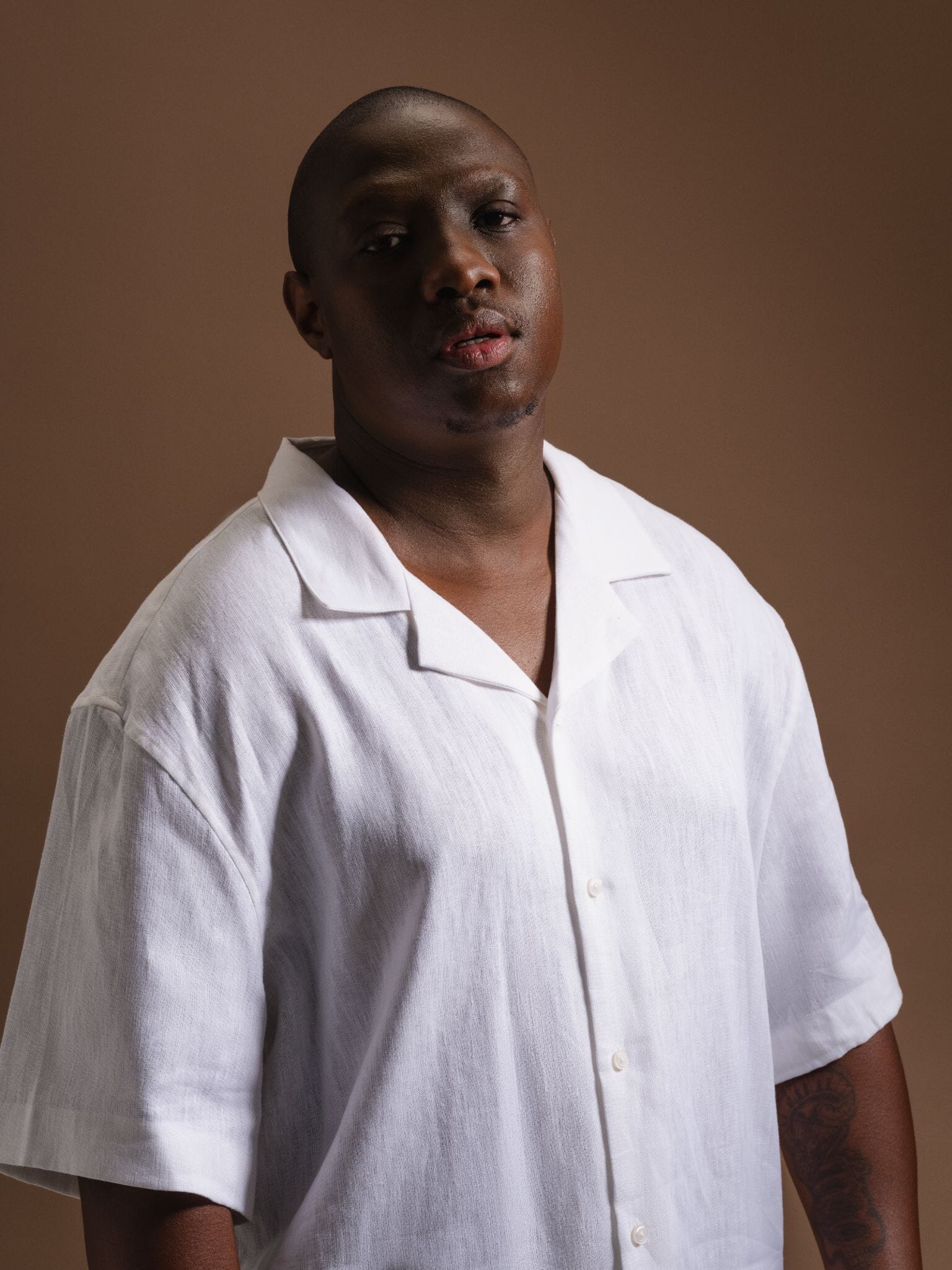

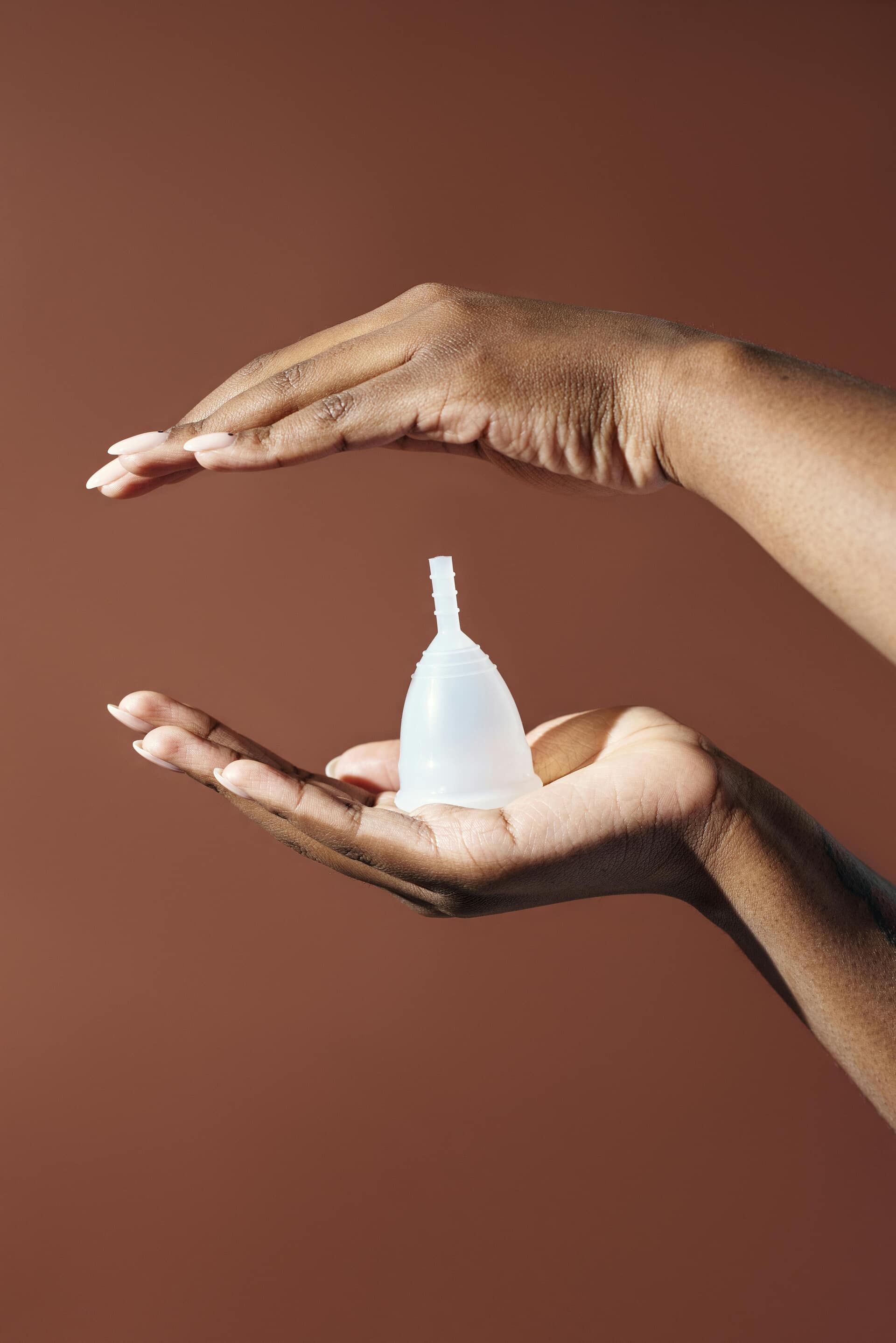



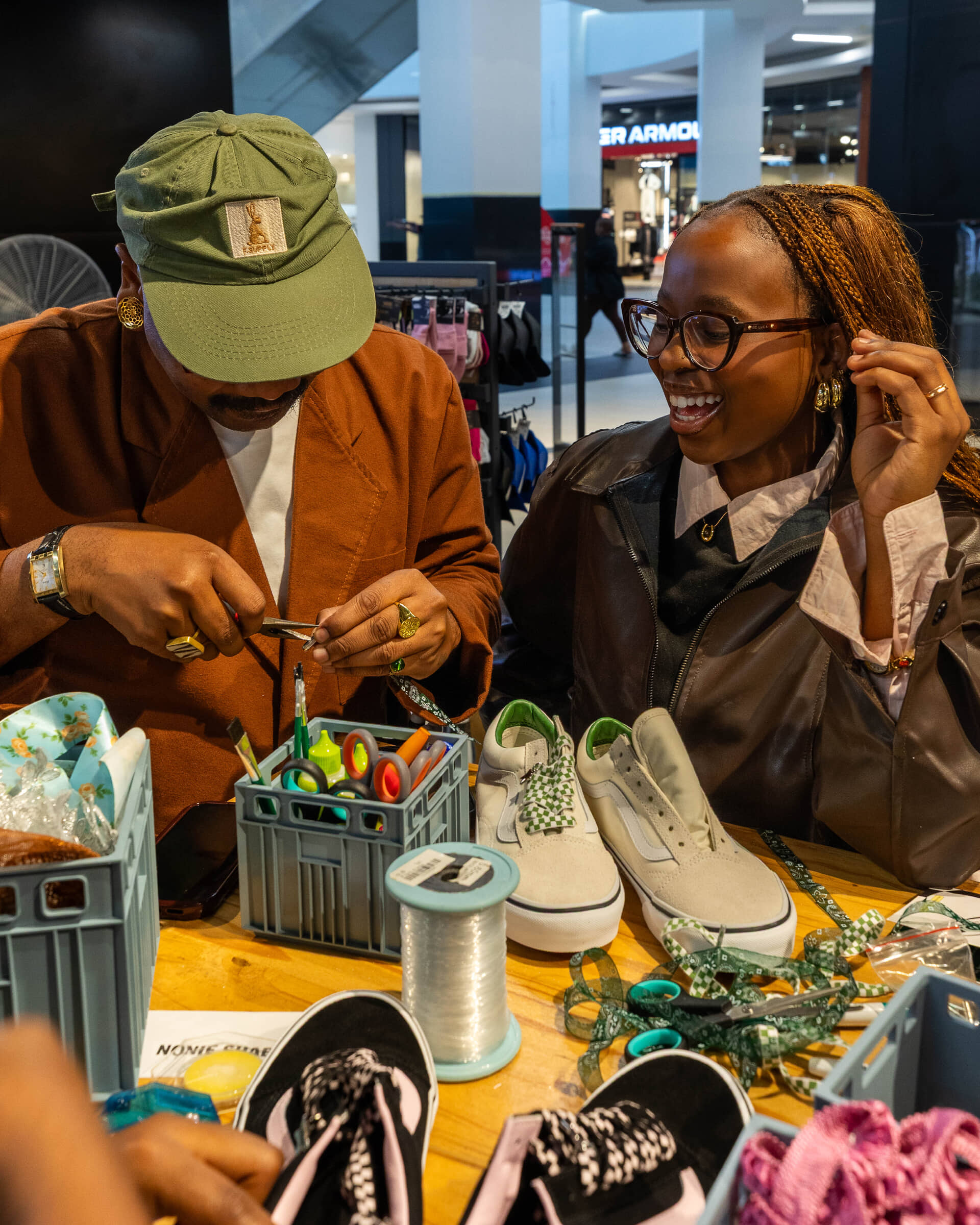

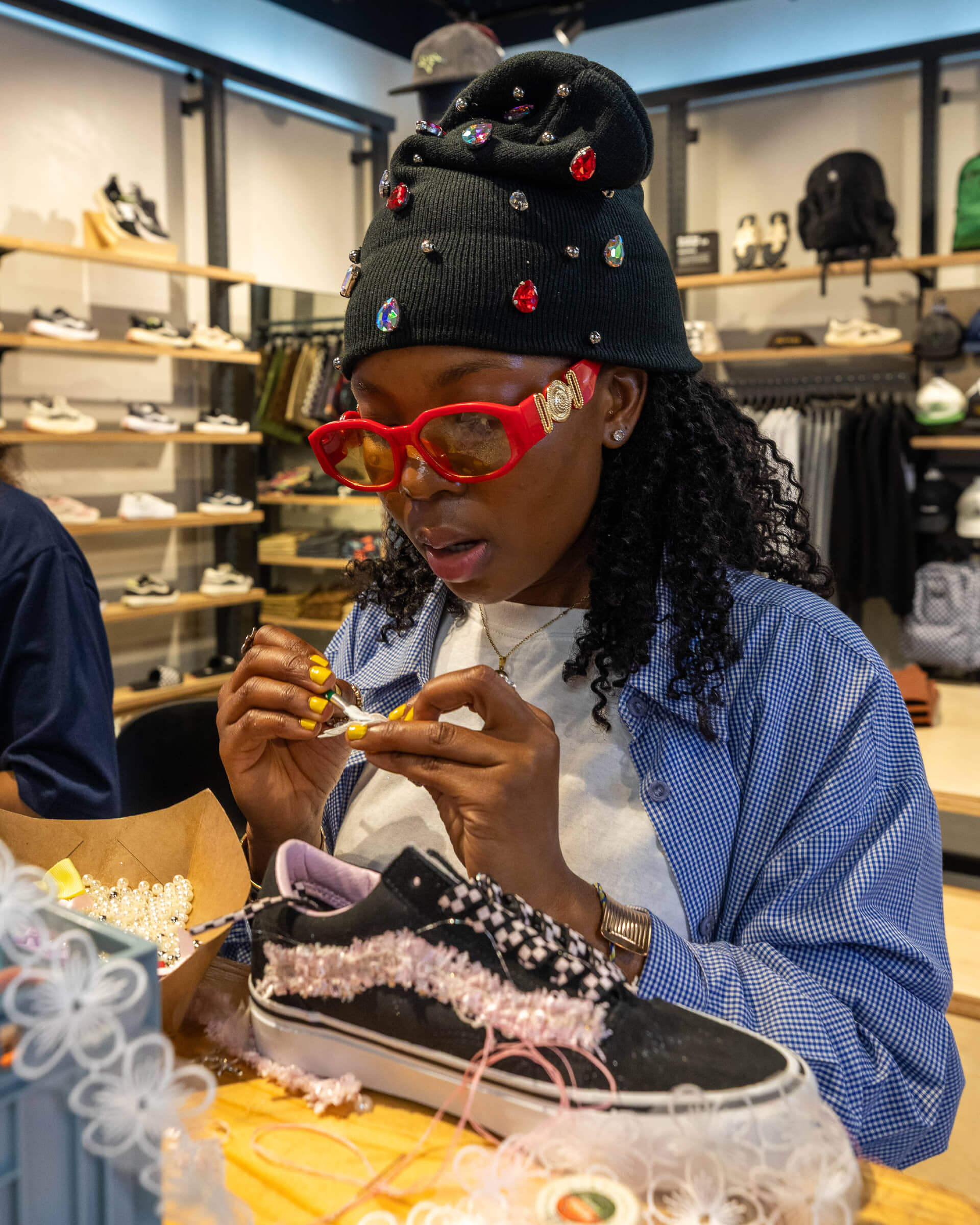

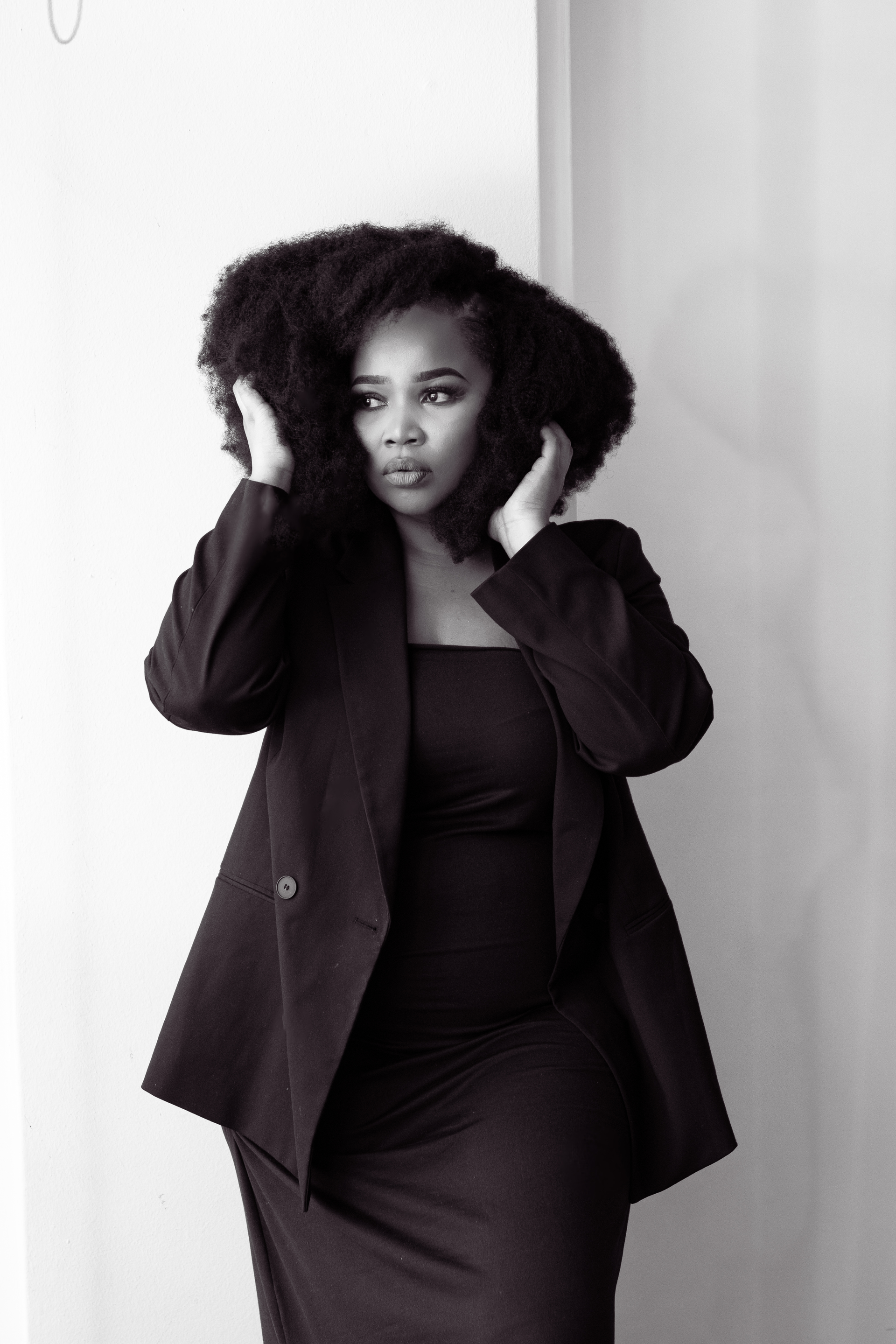
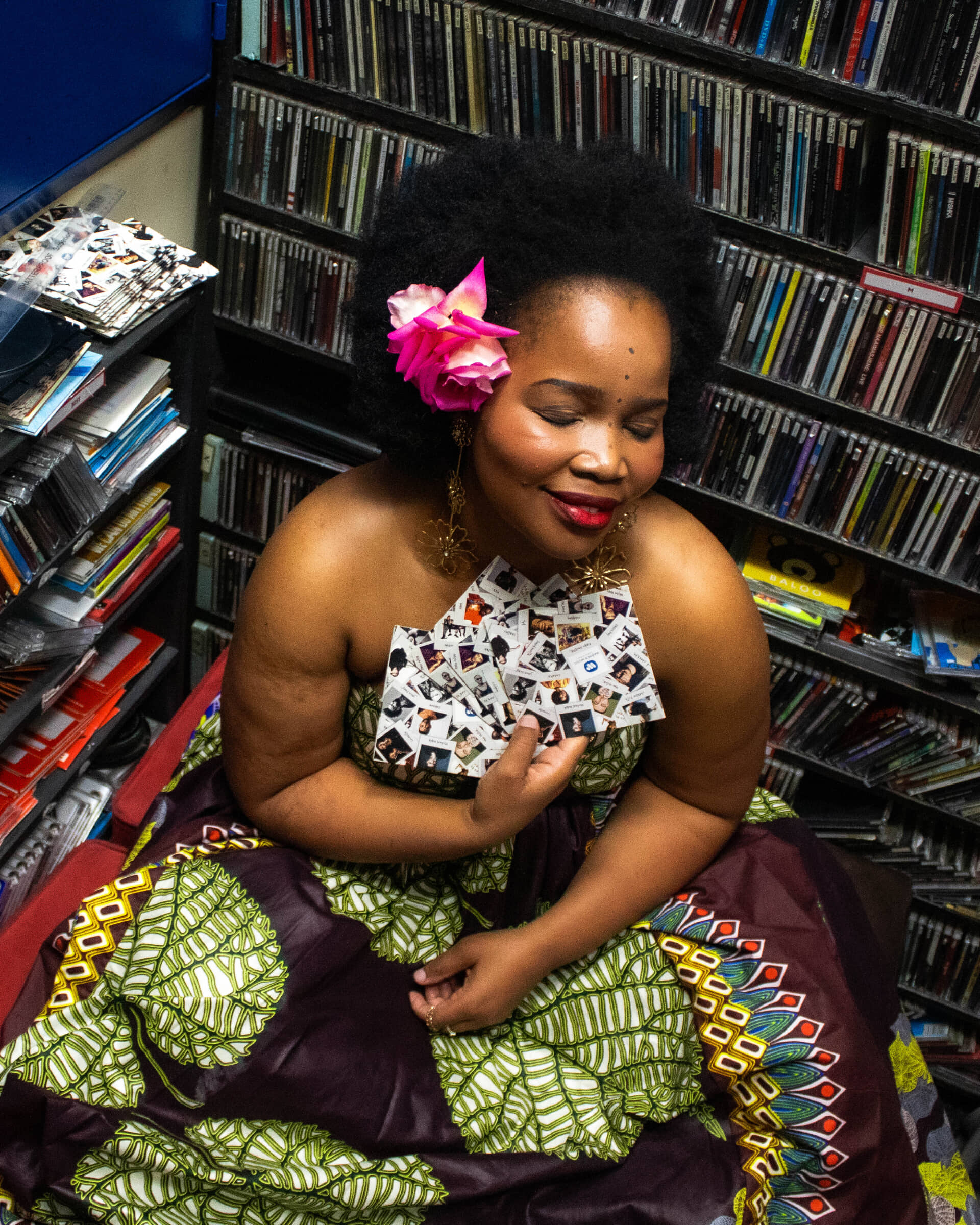
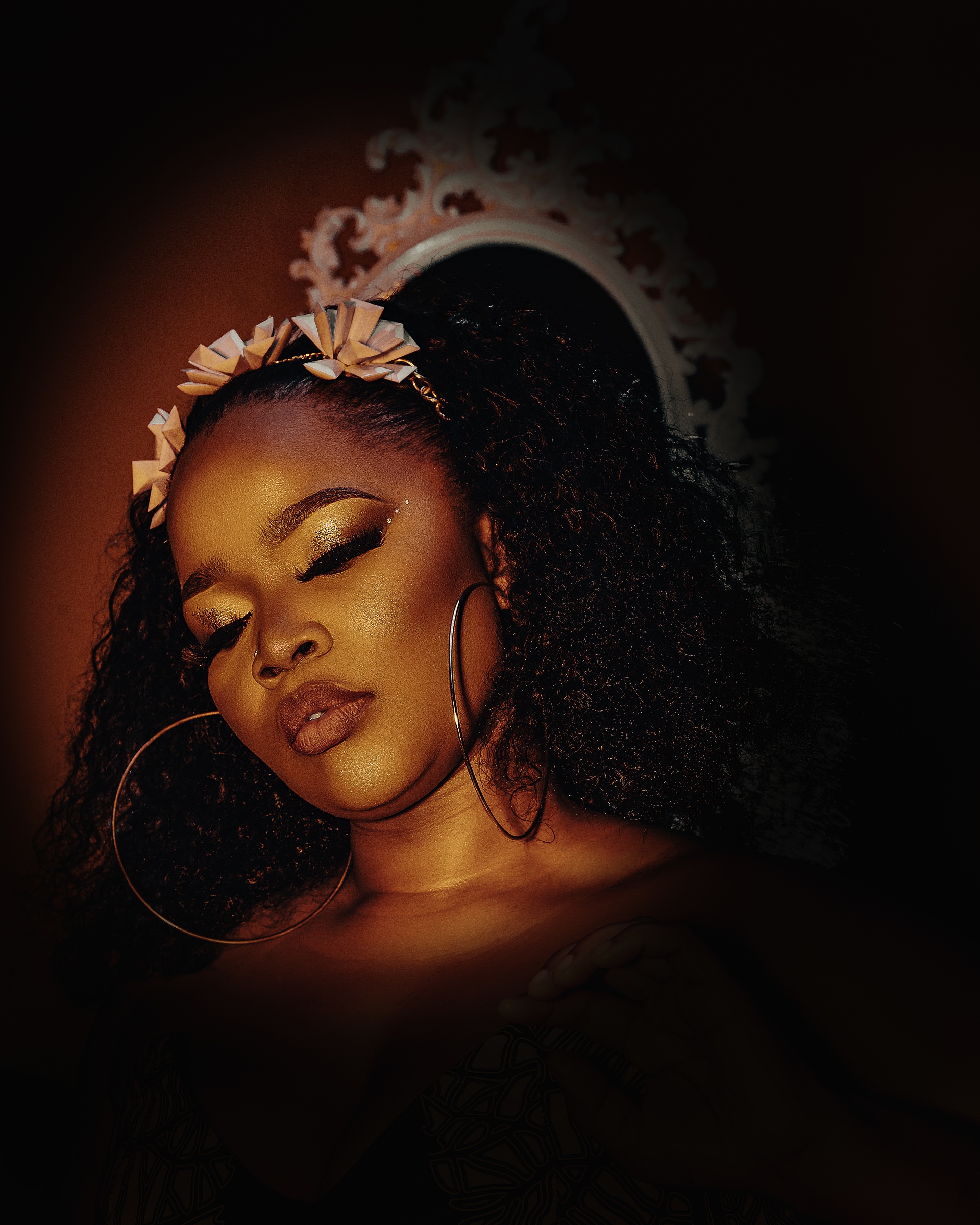
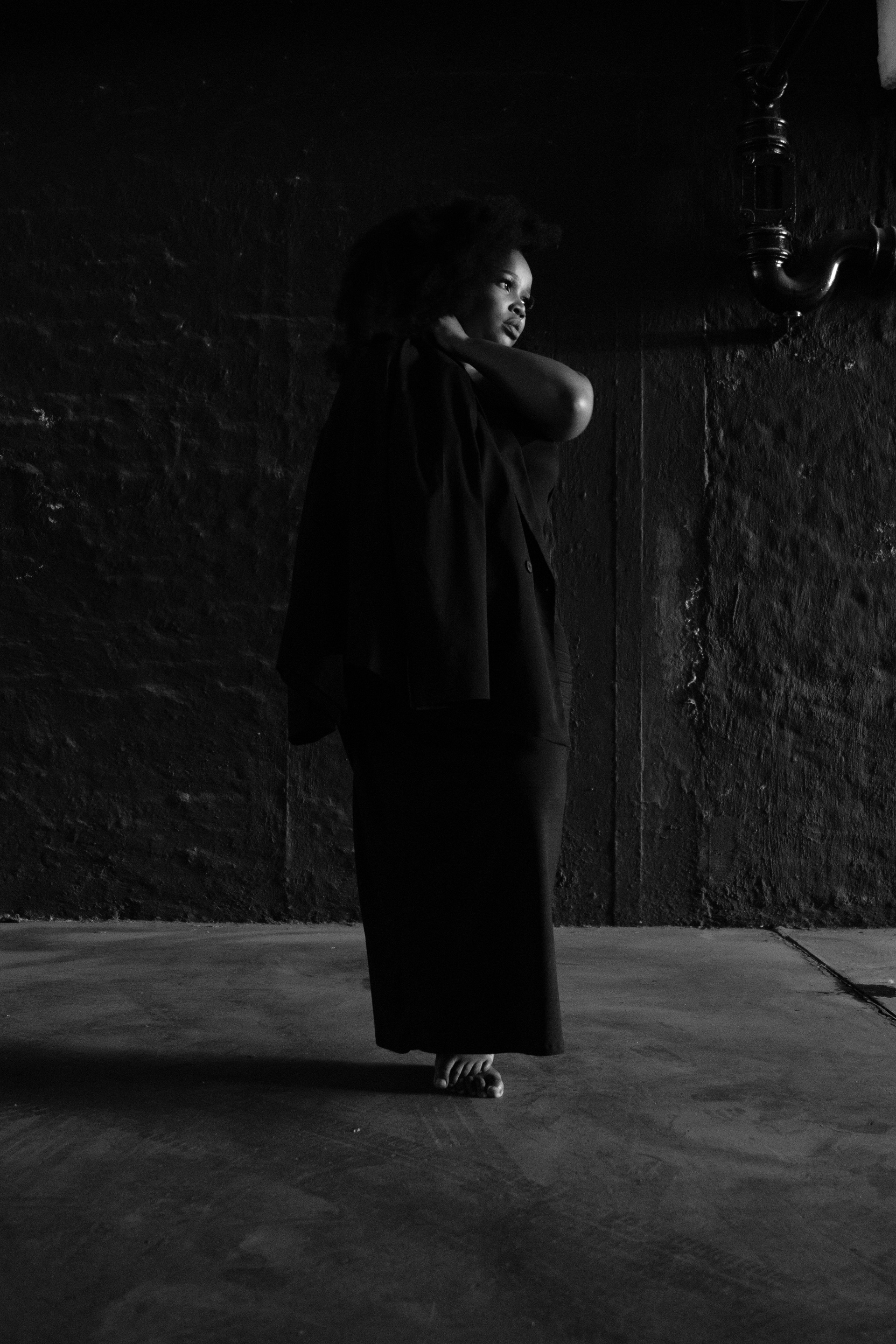
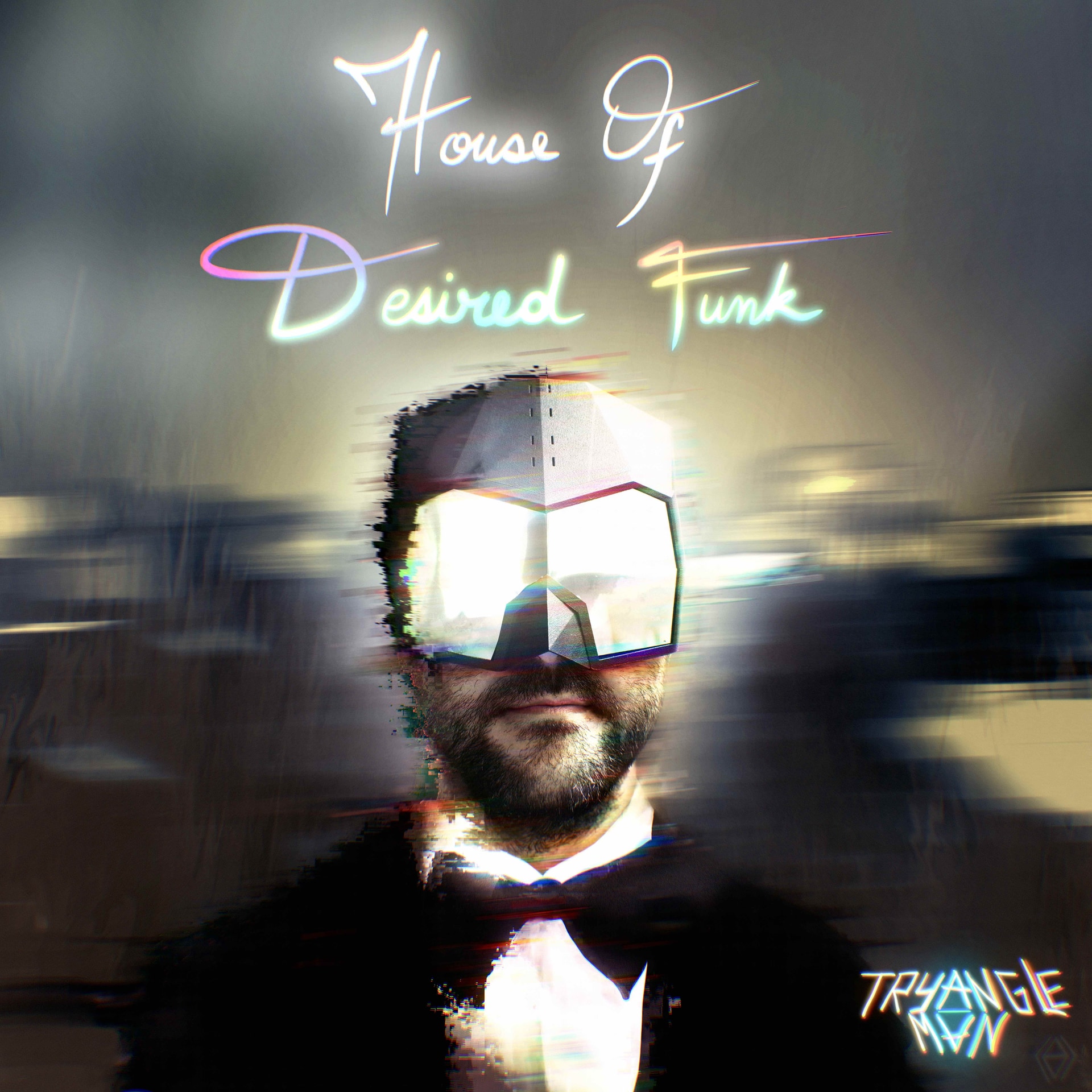
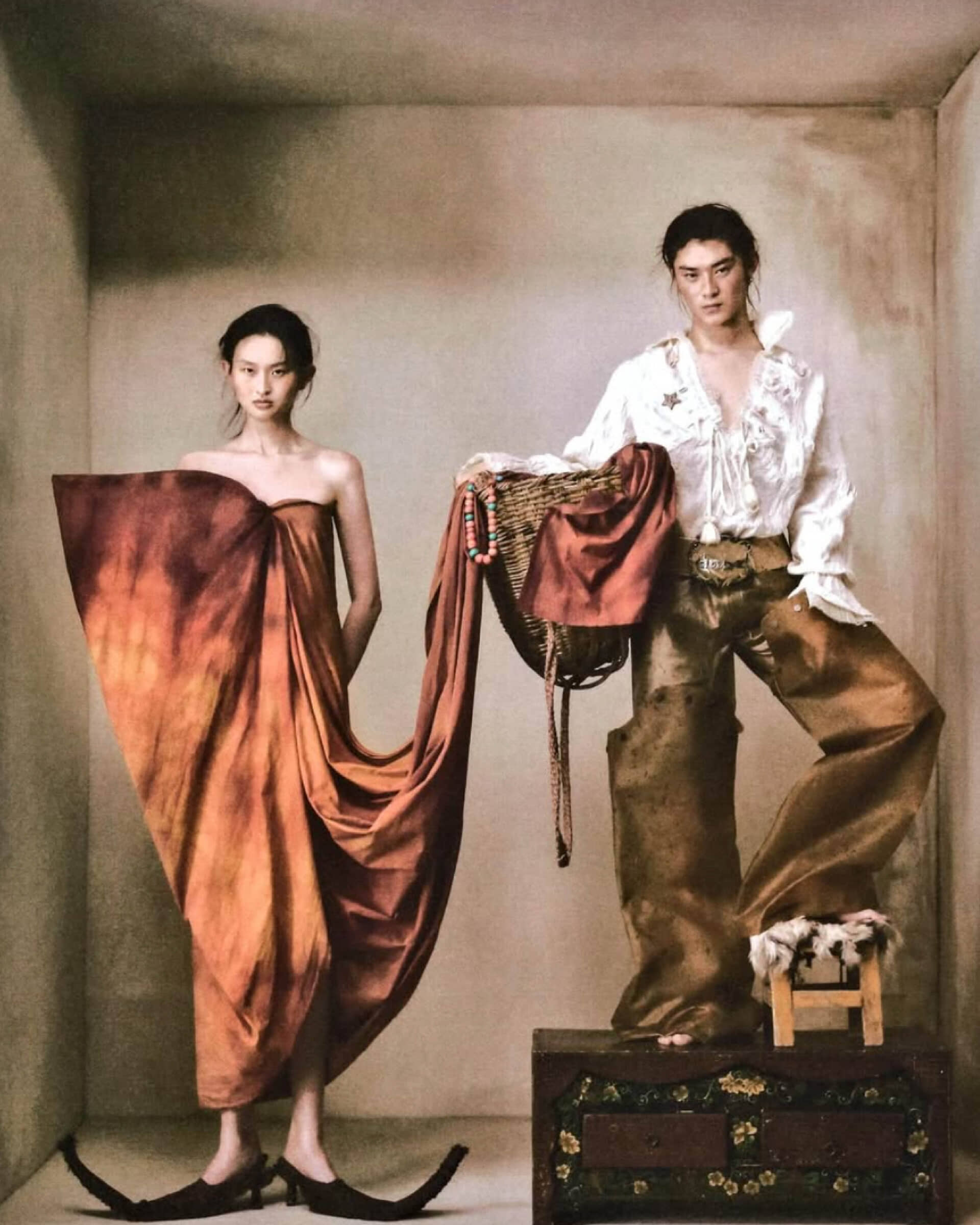
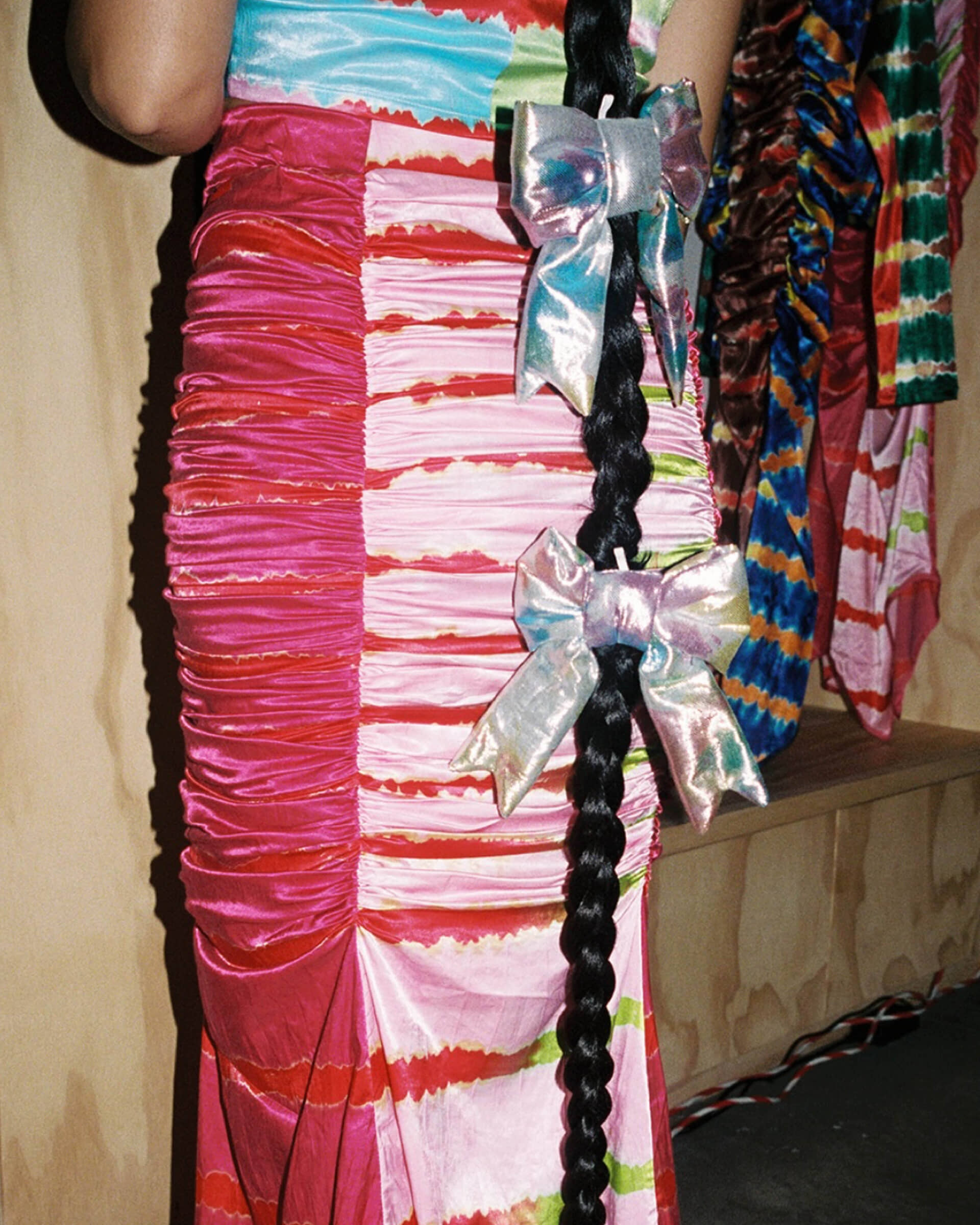
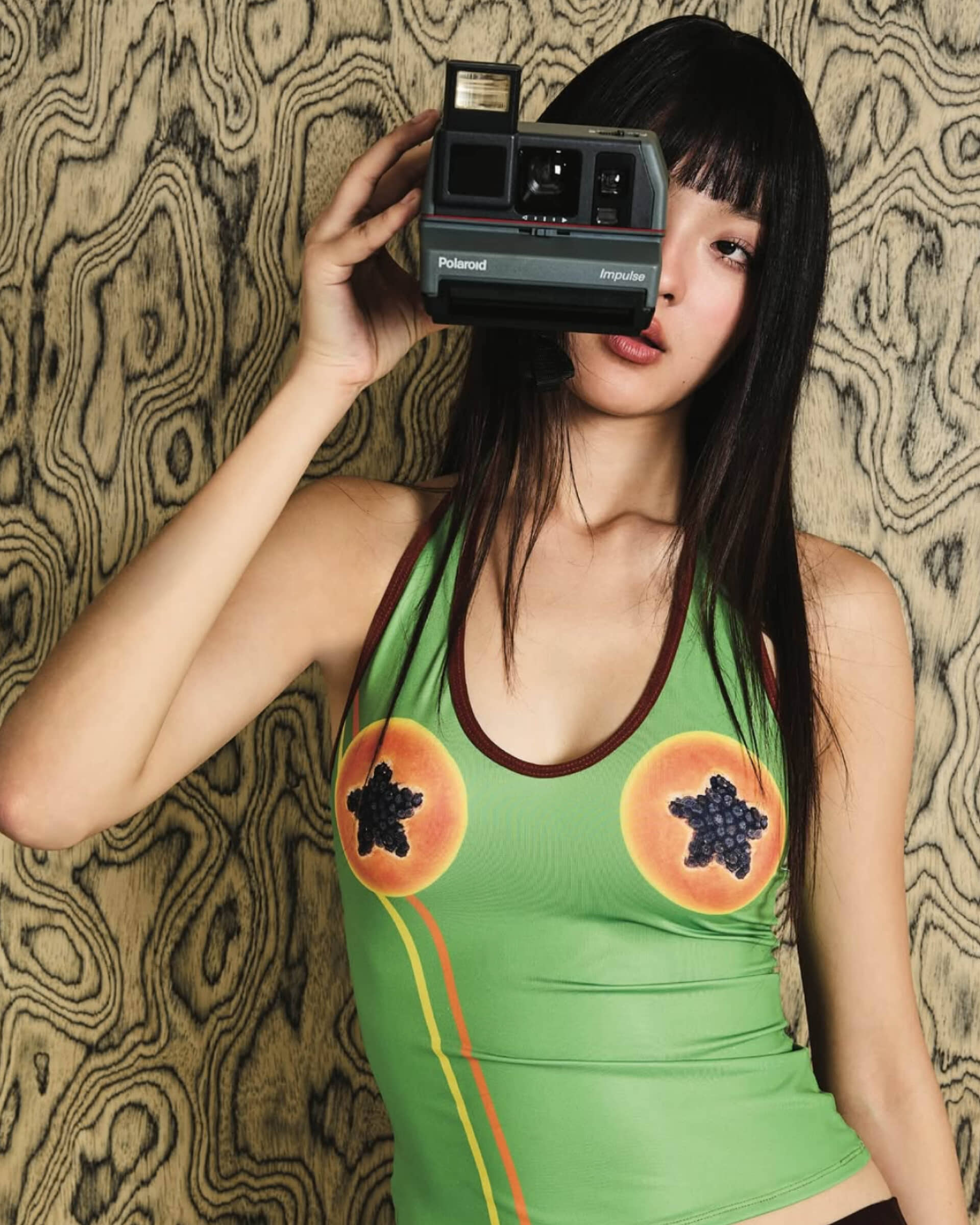
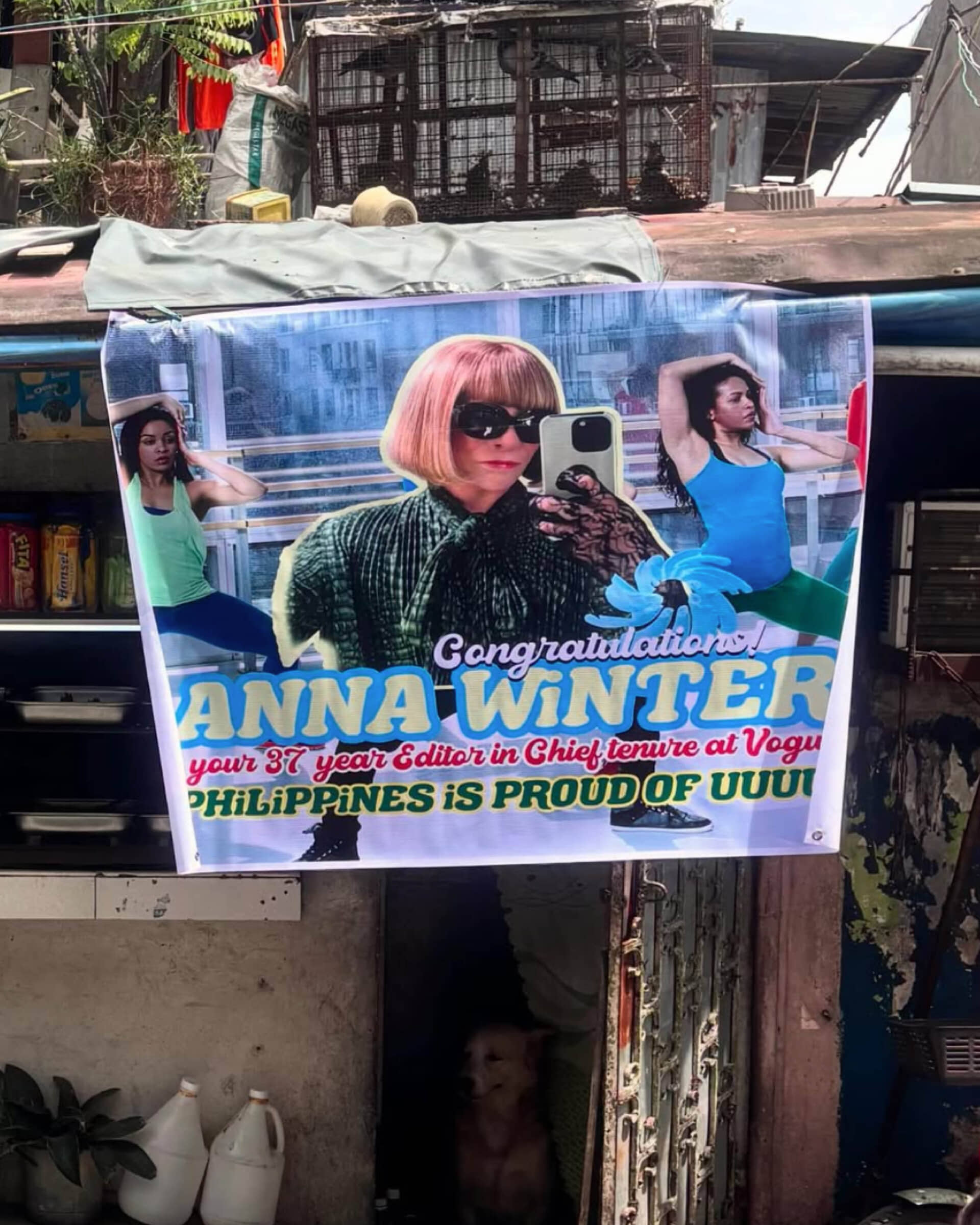

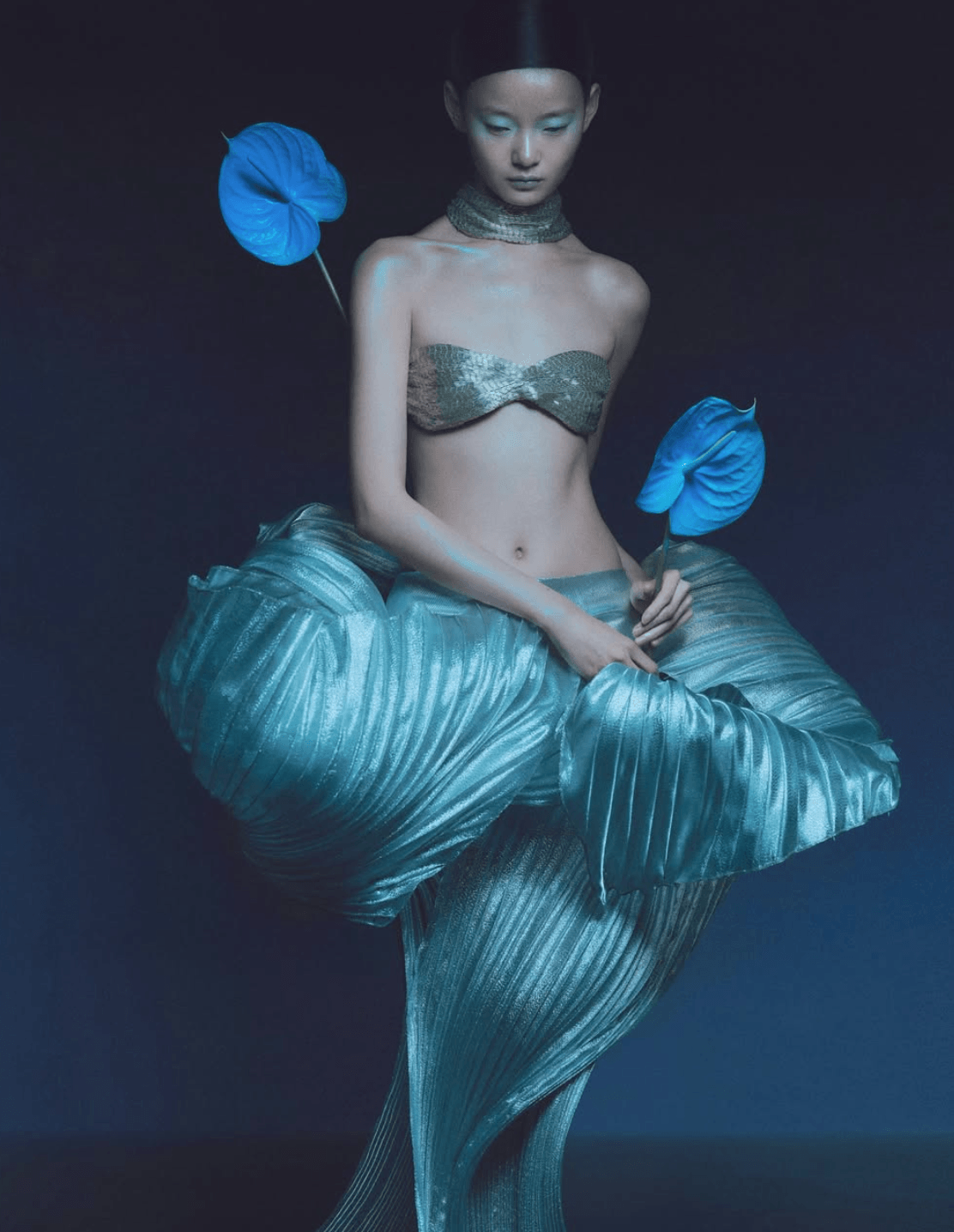
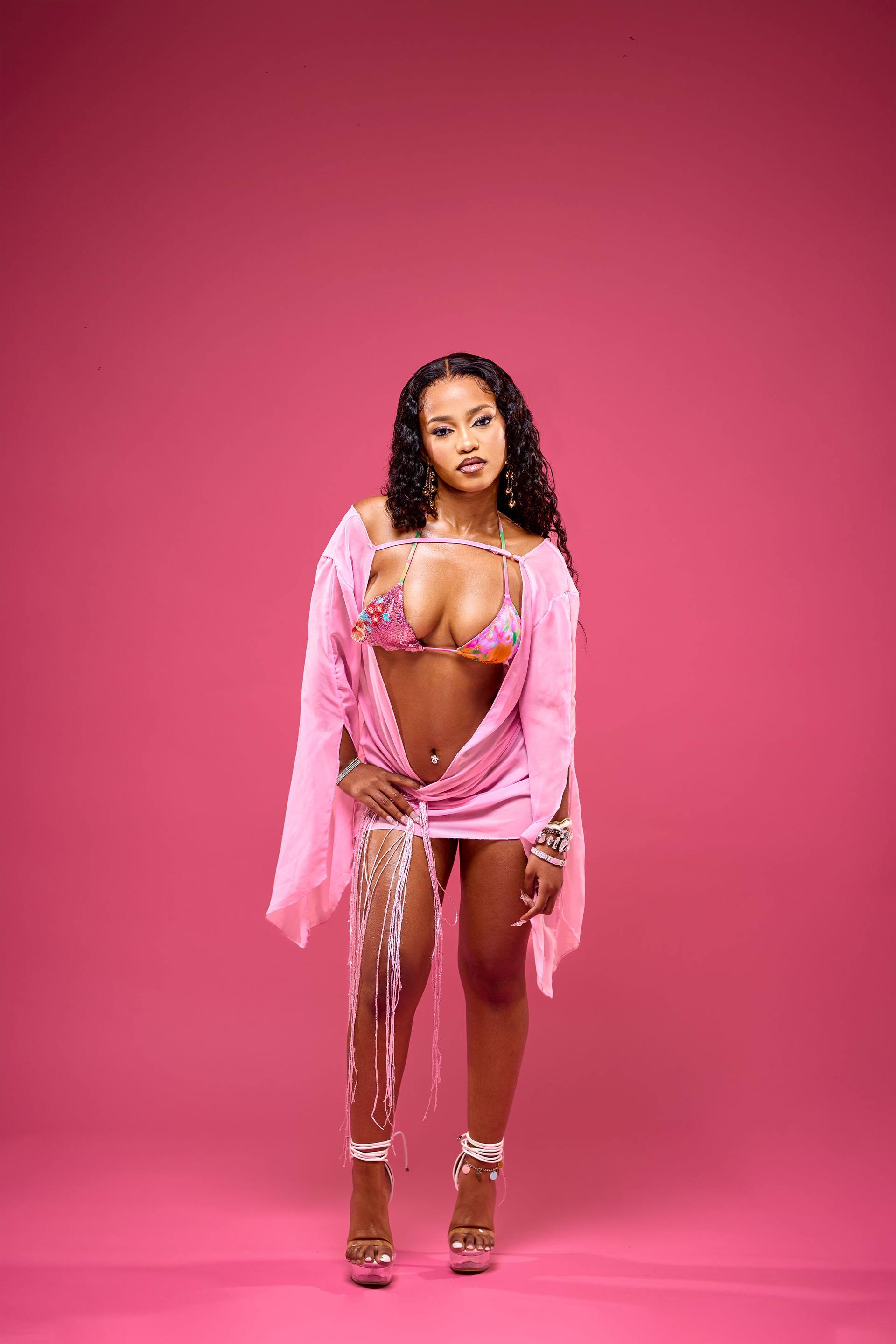
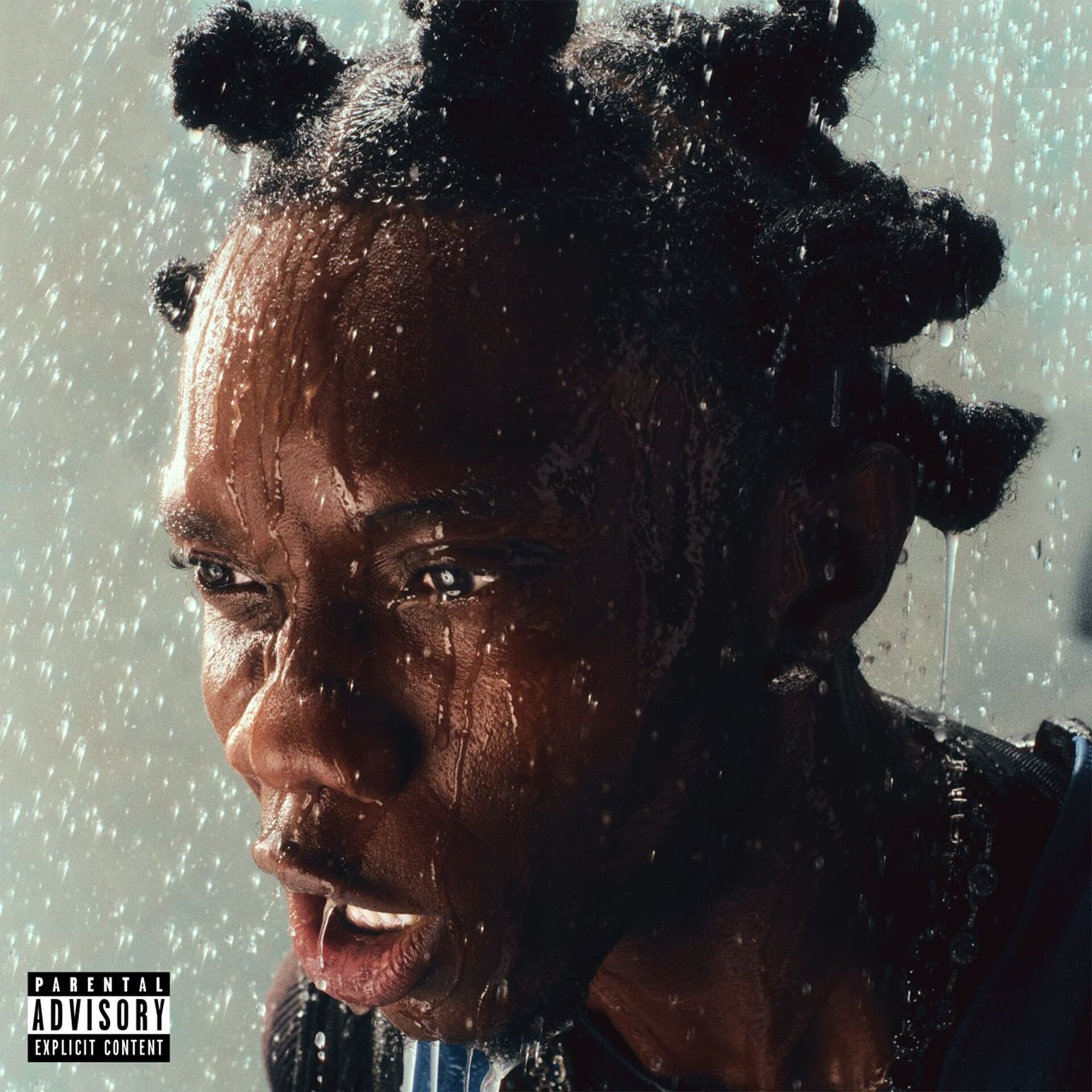
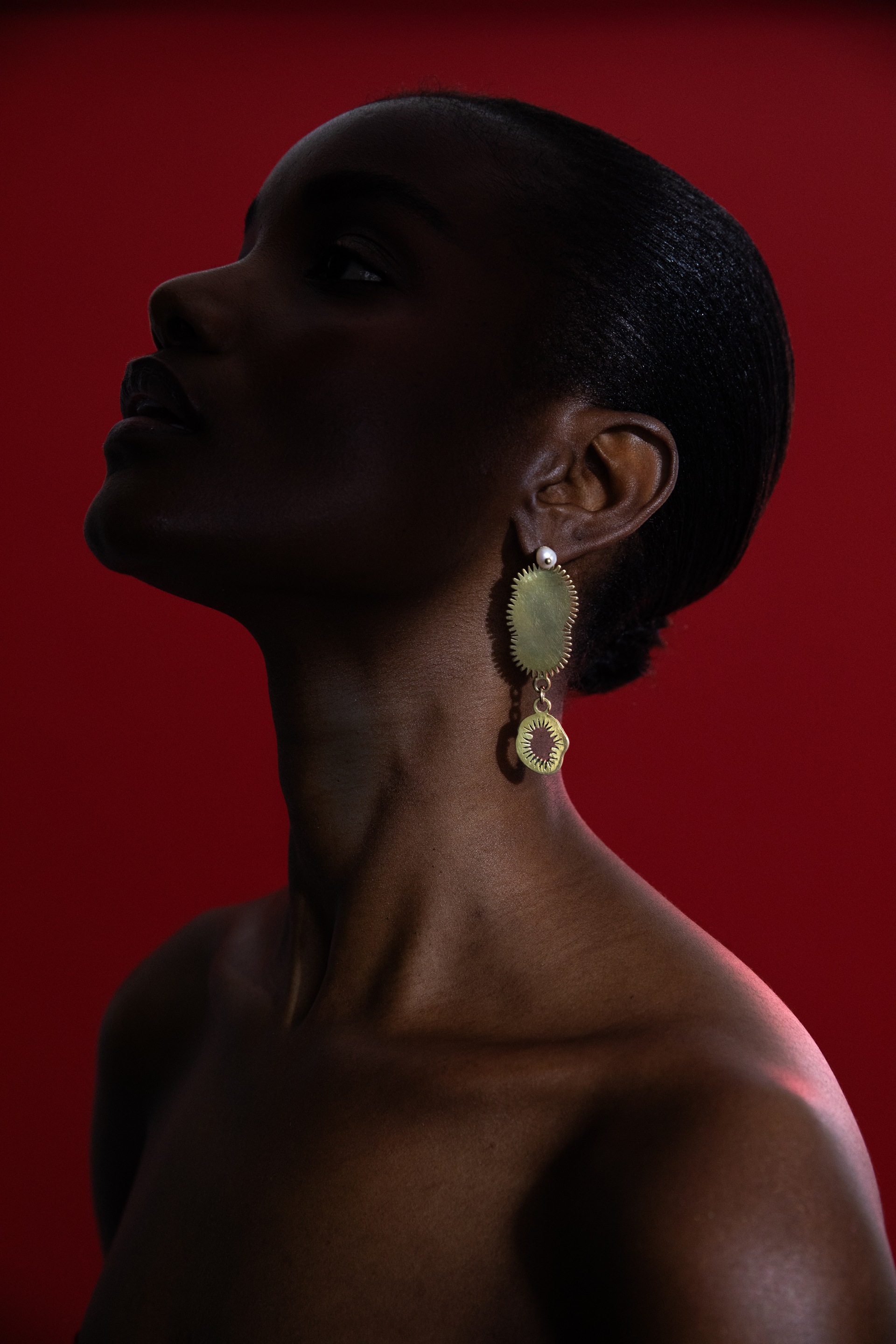

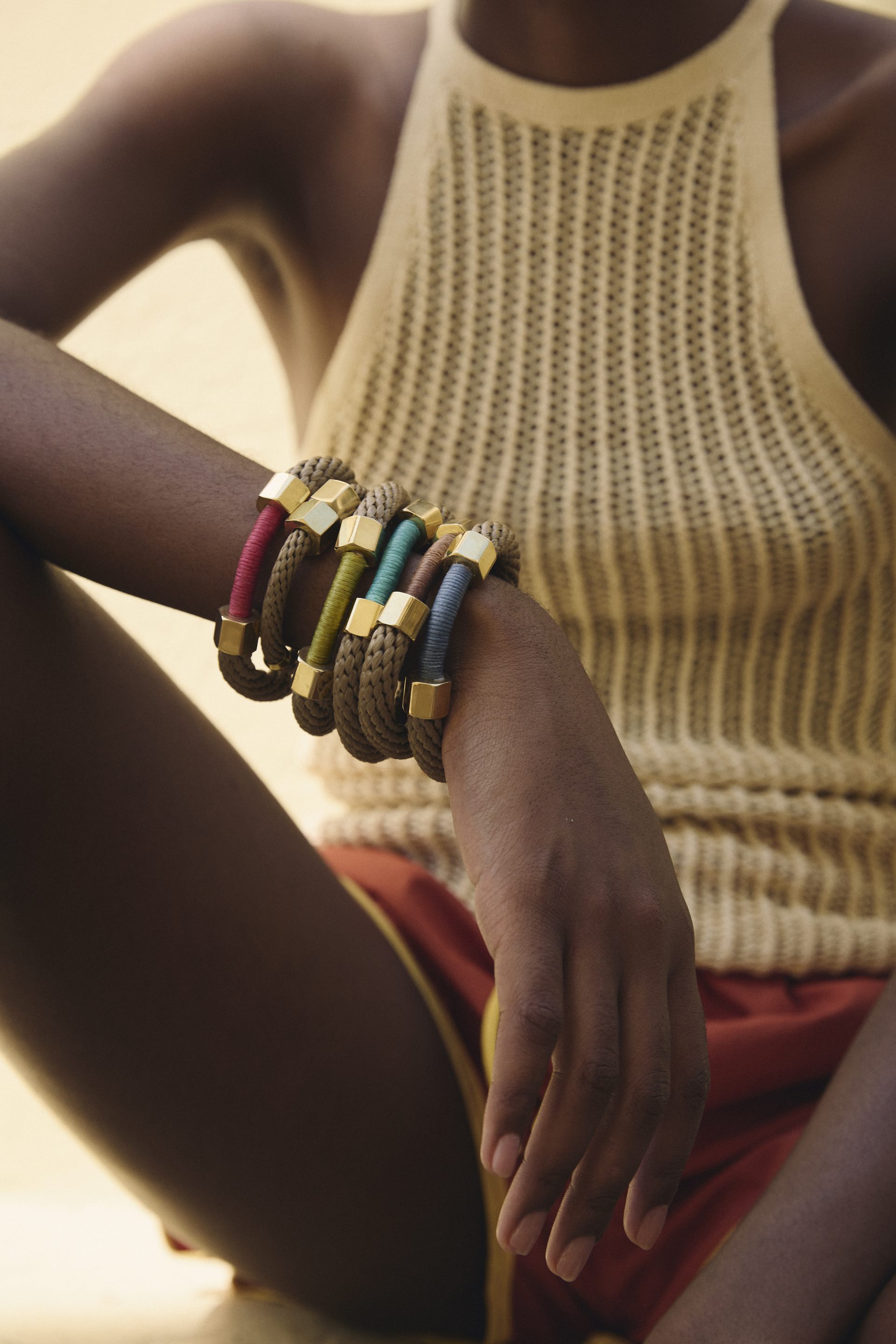

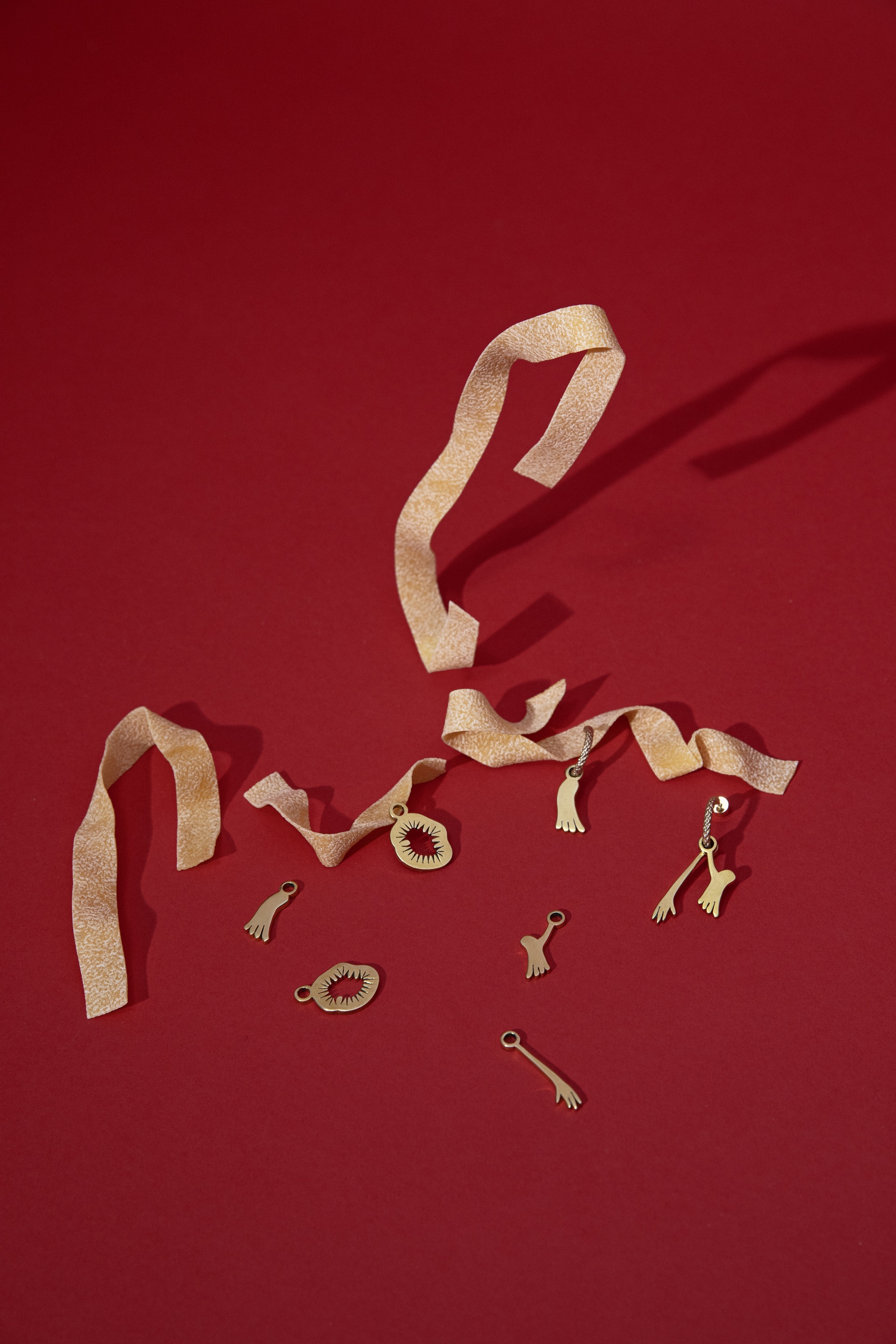
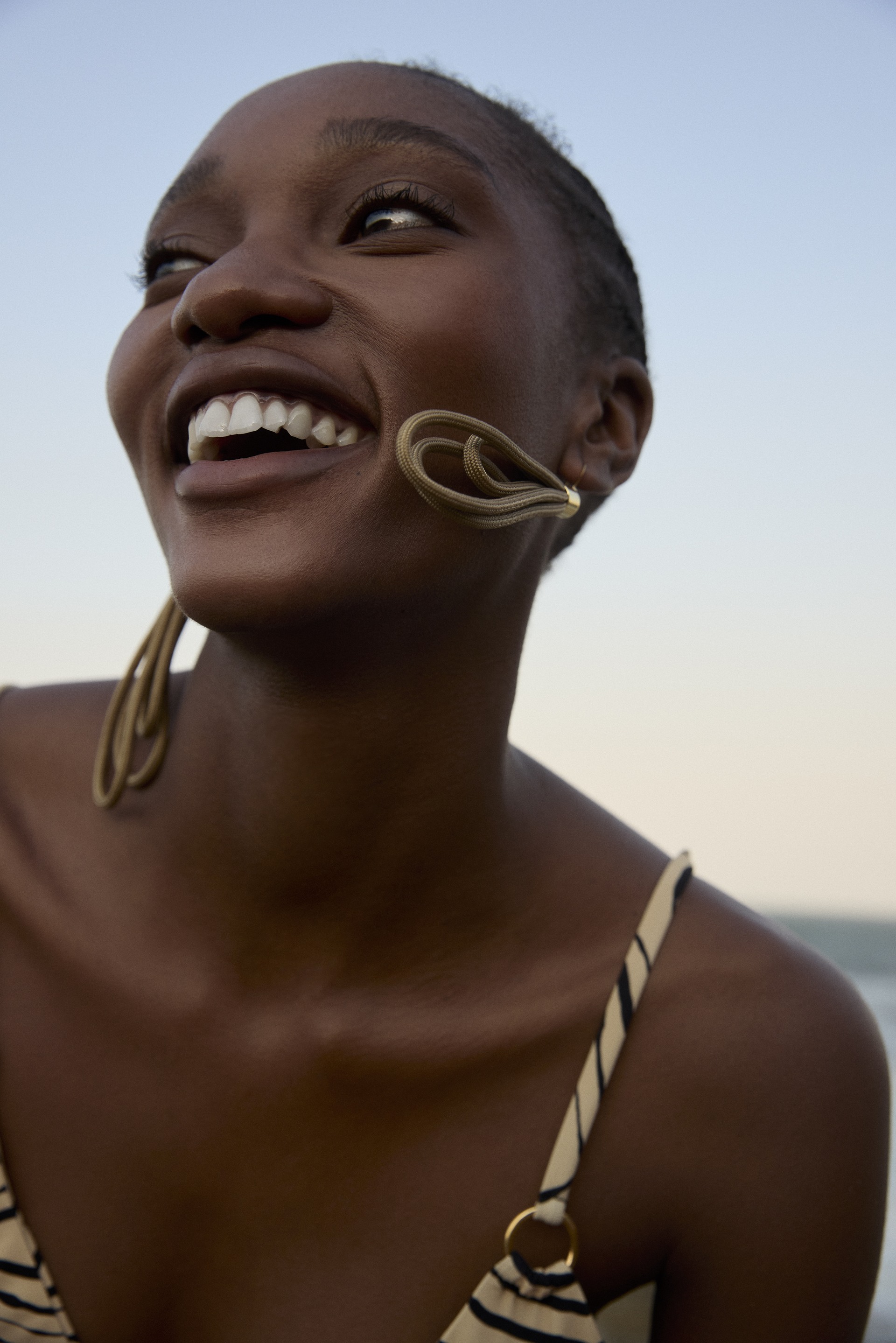
Recent Comments